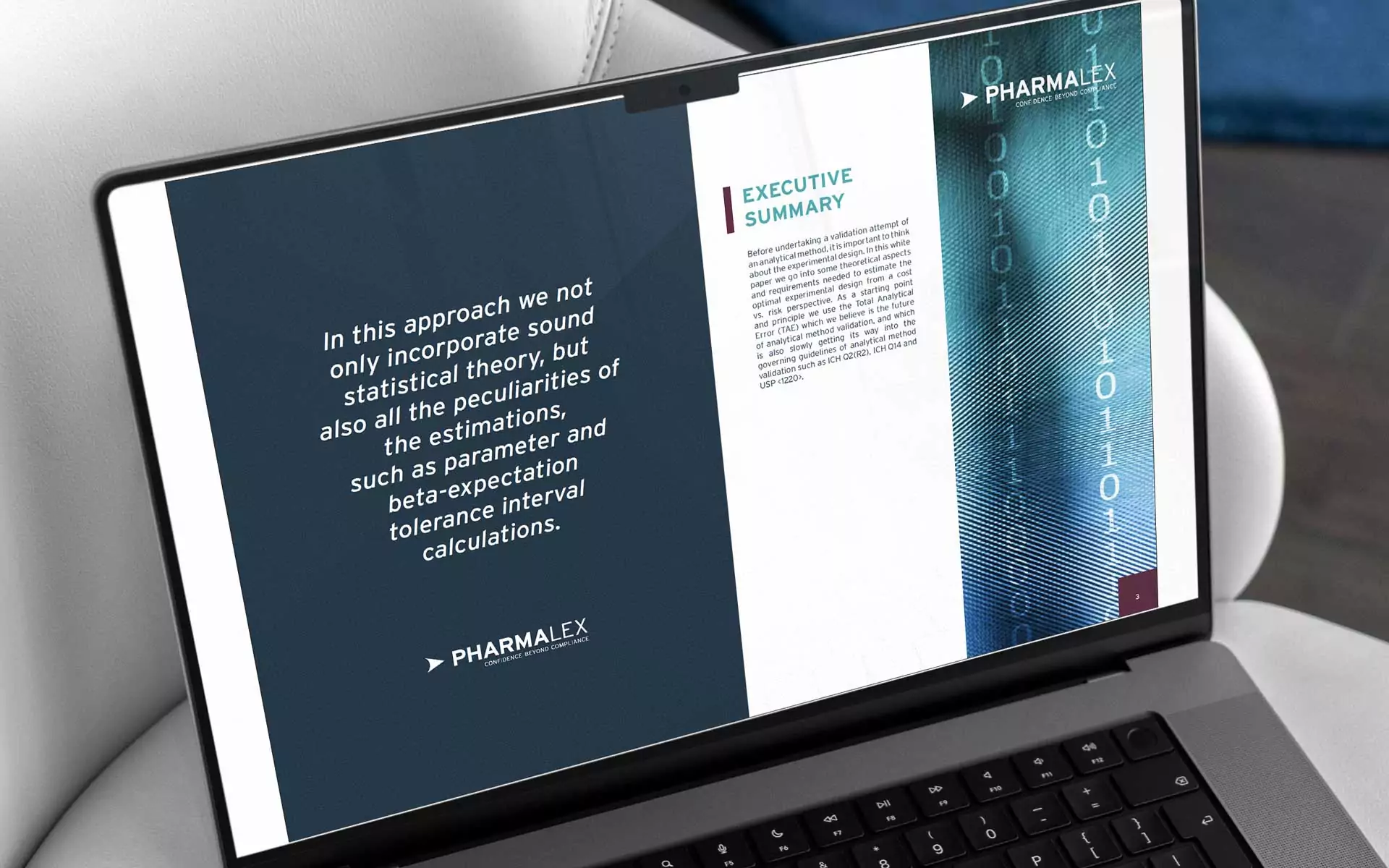Changes to the regulatory framework for medical devices and in vitro diagnostics (IVDs) have brought added complexity for sponsors seeking to carry out clinical studies in Europe. These complications are amplified with combined studies, which involve the simultaneous clinical investigation of a medicinal product and an in vitro diagnostic and/or medical device[1].
As noted in a report on the European Commission’s COMBINE project, the challenge for combined studies is lack of alignment between the Clinical Trial Regulation (CTR) and the Medical Devices Regulation (MDR) and In-Vitro Diagnostic Medical Devices Regulation (IVDR) – all of which are new regulations[2].
This alignment challenge means that for combined studies sponsors must get a separate approval for drug clinical trials and IVD clinical performance studies and/or medical device clinical investigations and deal with separate regulatory authorities: the European Medicines Agency (EMA) for drugs and European Commission and national competent authorities for medical devices and IVDs.
Further complicating the process is that there is currently no coordinated assessment available for IVDs and medical devices in Europe. While the Clinical Trial Information System (CTIS) centralizes the review of medicinal products[3], the comparable module of the European-wide medical device database, EUDAMED, is still under development. This module, once opened, is supposed to include similar functionalities that are found in the CTIS. Currently some other EUDAMED modules are already available, but the use of EUDAMED is still largely voluntary[4]. The module that is needed to support performance studies and clinical investigations is delayed and the mandatory usage of the PS/CI module is estimated to start in Q4 2027 at the earliest[5]. Based on timeline obligations laid out in the regulation on the roll out of EUDAMED, the coordinated assessment will be available in the EU by 2032 at the earliest[6],[7]!
Without a coordinated assessment available, all medical device/IVD notifications and authorizations are conducted on a national basis[8],[9]. That creates a lot of work for sponsors, which must coordinate approval with both the national competent authorities and national ethics committees. Compounding this is the fact that some countries might have more than one ethics committee and sponsors may have to get approval from all committees locally.
During engagements on behalf of clients, we have dealt with situations in Germany where a performance study required approval from six separate local ethics committees as it was carried out in six different states in Germany, and we used a Germany-specific ethics committee process called Consultancy Approach to tackle some general regulatory uncertainties.
The availability of the EUDAMED performance studies and clinical investigations module and, at a later stage, a coordinated assessment, is expected to make it easier for clinical investigations for medical devices and clinical performance studies for IVDs; however, it won’t help to bridge the gap between the assessment of drugs and devices and the requirement to fulfil any additional national processes, for example, ethics committee interactions.
Responding to sponsor concerns
Not surprisingly, this complex situation has raised concerns among sponsors about the feasibility of conducting studies in the EU. Additionally, regulatory authorities have been alarmed by the impact this will have on patients’ access to novel therapeutics and healthcare products in Europe. These concerns prompted the initiation of the COMBINE project to better understand and analyze the issues faced and to find ways to address these, with a goal of encouraging continued combined studies in Europe.
The COMBINE project is a collaboration between the European Commission, competent authorities, the EMA, notified bodies, ethics committees, other regulatory groups, and representatives from EU associations including industry stakeholders, patient groups, academic research groups, healthcare professionals and clinicians.
The project comprises four tracks:
- Capture and categorize the issues
- Map the regulatory landscape across member states
- Map published guidance and activities related to CTR, MDR and IVDR
- Consolidate the information and capture reflections on possible solutions
The information and discussion formed the basis of the COMBINE report, with proposed ideas to tackle the challenges laid out therein.
One key proposal was to have a coordinated assessment for clinical investigation (CI) and performance studies (PS), which the report states may help to address “divergent interpretations, lack of harmonization or clarity of requirements for CI/PS.” Discussion about the coordinated assessment specifically calls out ways to enable a common review of a CI or PS using alternative technical solutions, even before the availability of EUDAMED. Another section addresses possible ways to bring together a coordinated assessment from the CTR with one from the IVDR/MDR by having the relevant competent authorities coordinate reviews in the same process for combined studies. This could potentially mean competent authorities and ethics committees reviewing clinical trial and CI/PS aspects in tandem.
“It is clear that improving coordinated assessment in a strategic and stepwise fashion will likely result in a meaningful improvement for combined studies in the EU and act to resolve a large number of issues both directly and indirectly,” the COMBINE project concludes.
Tackling a complex environment
While these are good proposals, there have been some concerns expressed by industry stakeholders. For example, companies we have spoken to are disappointed that the pilot period for this coordinated assessment is currently only open to medical device clinical investigations for higher risk class devices. Companies developing products that require companion diagnostics – specifically cancer drugs – were hoping to participate in the testing phase, but these products aren’t being included in the pilot phase. This has caused significant disappointment, since companies involved in these studies are concerned about the continued barriers to carrying out combined studies without greater clarity.
For sponsors from outside of the EU, the complexity of the regulatory environment can be challenging and poorly understood. In our experience, the lack of understanding about the separate regulatory processes in Europe, especially for companies from non-EU countries, is striking. Undoubtedly, there is frustration and, for some smaller companies, it may make sense to launch products (including combined studies in the development phases) in other markets such as the United States before trying to navigate the EU. However, in our experience, most larger companies are committed to the EU as an important part of their overall product strategy.
Given the concerns and the delays, for the sake of patients in Europe, finding ways to address the complexities around combined studies is an imperative.
How well do you understand the regulatory requirements for combined studies in Europe? Have you sought to conduct combined studies in the EU? And if so, what challenges have you confronted? We would like to hear about your experiences.
Please join us at the RAPS European Clinical, Risk, and Postmarket Surveillance Conference to be held in Barcelona on October 23 and 24. I will be presenting on the topic, How to Conduct CDx Clinical Performance Studies in Compliance with IVDR, on Wednesday October 23 at 1.45pm.
About the author:
Piritta Maunu (MSc) is a senior manager and a team leader of UK & Nordics medical device/IVD services at Pharmalex. Piritta is a highly experienced medical device professional with more than 20 years of experience in the development, manufacture, quality and regulatory requirements of vaccines and medical devices/IVDs. She has work experience from GMP production and quality control, from medical device/IVD manufacturers and also from an EU notified body. She has a master’s degree in cell biology and also holds a teaching qualification.
[1] Combined studies, European Commission. https://health.ec.europa.eu/medical-devices-topics-interest/combined-studies_en
[2] Combine – CTR-IVDR-MDR – Analysis Phase Report, European Commission. https://health.ec.europa.eu/medical-devices-topics-interest/combined-studies_en
[3] Sponsor Handbook, CTIS, EMA. https://www.ema.europa.eu/en/documents/other/clinical-trial-information-system-ctis-sponsor-handbook_en.pdf
[4] Questions and Answers on in vitro diagnostics and the European Database on Medical Devices (EUDAMED), European Commission. Jan 2024. https://ec.europa.eu/commission/presscorner/detail/en/QANDA_24_347
[5] Current planning for gradual roll out and modules’ functionality view, https://health.ec.europa.eu/document/download/04ce2012-97df-4dd0-8a39-d4f6993b9e16_en?filename=md_eudamed_roadmap_en.pdf
[6] Regulation (EU) 2024/1860 of the European Parliament and of the Council of 13 June 2024 amending Regulations (EU) 2017/745 and (EU) 2017/746 as regards a gradual roll-out of Eudamed, the obligation to inform in case of interruption or discontinuation of supply, and transitional provisions for certain in vitro diagnostic medical devices, Article 74, Paragraph 14. https://eur-lex.europa.eu/eli/reg/2024/1860/oj
[7] What is the state of play of the implementation of EUDAMED? European Commission. https://health.ec.europa.eu/medical-devices-eudamed/overview_en
[8] Regulation (EU) 2017/745 – Questions & Answers regarding clinical investigation, MDCG 2021-6 Rev.1. https://health.ec.europa.eu/document/download/f124f630-389e-4c45-90dc-24ec0a707838_en?filename=mdcg_2021-6_en.pdf
[9] Q&A on the interface between Regulation (EU) 536/2014 on clinical trials for medicinal products for human use (CTR) and Regulation (EU) 2017/746 on in vitro diagnostic medical devices (IVDR), MDCG 2022-10. https://health.ec.europa.eu/document/download/59abcc81-fd32-4546-a340-24c8fad4e2ac_en?filename=mdcg_2022-10_en.pdf








